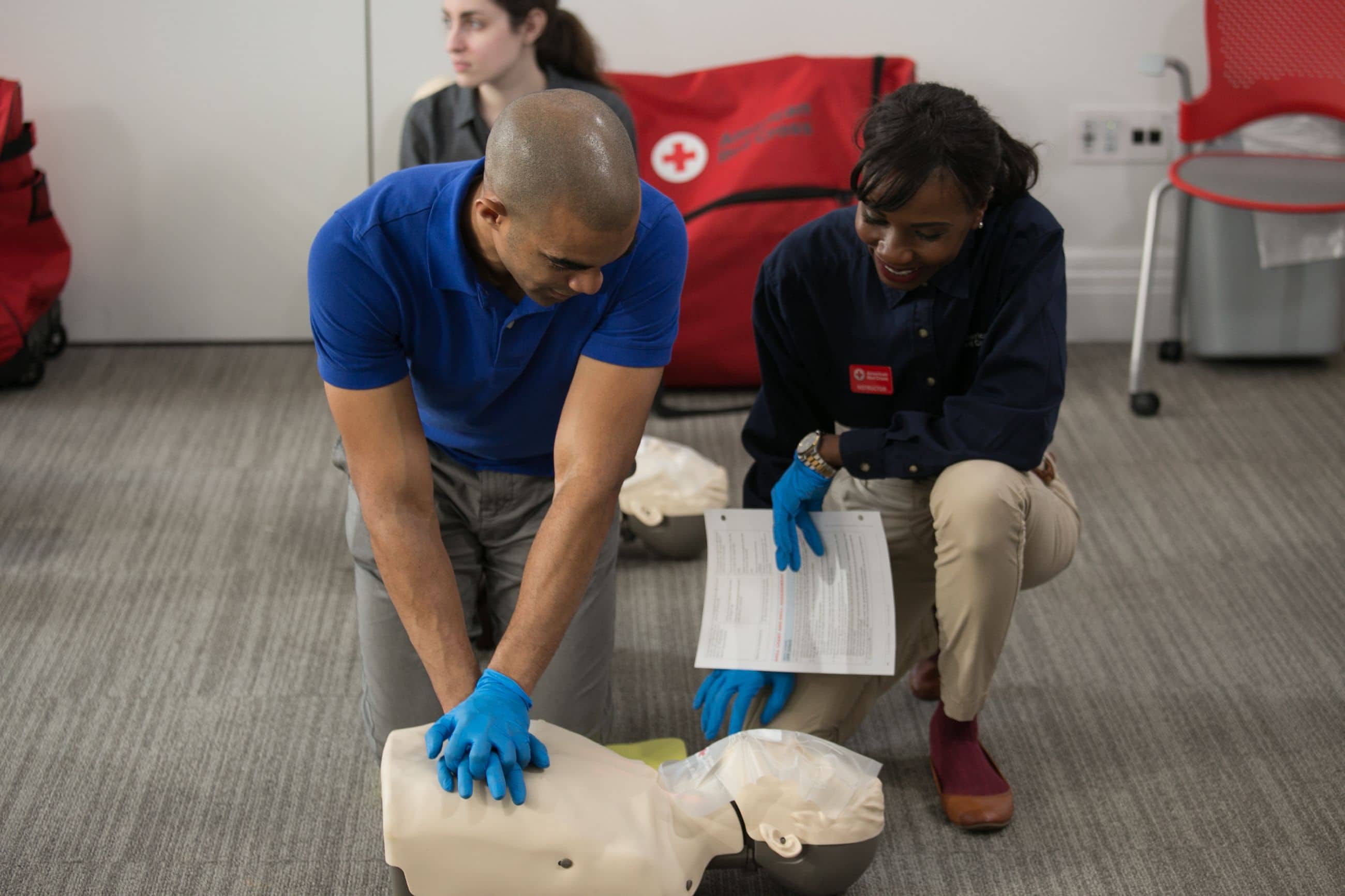
Cardiopulmonary resuscitation (CPR) is a critical life-saving technique that healthcare professionals must master to provide optimal care in emergency situations. While basic CPR techniques are essential for the general public, healthcare providers CPR Trainer require advanced skills and protocols tailored to the complexities of clinical settings. This article explores advanced CPR techniques and protocols for healthcare professionals, emphasizing their importance in improving patient outcomes during cardiac emergencies.
Advanced Airway Management
One of the key differences between basic CPR and advanced CPR for healthcare professionals is the approach to airway management. In a clinical setting, healthcare providers are trained to use advanced airway techniques such as endotracheal intubation and the use of supraglottic airway devices. These methods ensure a secure airway and effective ventilation, especially in patients with obstructed or compromised airways. Mastery of these techniques allows healthcare professionals to provide more precise and effective respiratory support during resuscitation efforts.
Pharmacological Interventions
Advanced CPR protocols often involve the administration of medications to support cardiac function and stabilize the patient. Healthcare professionals are trained to recognize indications for various emergency medications, such as epinephrine, atropine, and amiodarone, and to administer them according to established guidelines. The use of these drugs can significantly impact the success of resuscitation efforts by addressing underlying issues like bradycardia, tachycardia, or arrhythmias. Understanding the pharmacological aspects of advanced CPR is crucial for optimizing patient care.
Defibrillation Techniques
Defibrillation is a critical component of advanced CPR for patients experiencing certain types of cardiac arrest, such as ventricular fibrillation or pulseless ventricular tachycardia. Healthcare professionals use automated external defibrillators (AEDs) and manual defibrillators to deliver electrical shocks that restore normal heart rhythms. Training in advanced defibrillation techniques includes understanding the appropriate energy levels for different scenarios, ensuring proper pad placement, and recognizing when defibrillation is indicated. Effective defibrillation can greatly increase the chances of successful resuscitation.
Team Dynamics and Communication
In a healthcare setting, CPR is often performed as part of a team, and effective team dynamics and communication are essential for successful outcomes. Healthcare professionals are trained to work collaboratively, following established roles and protocols to ensure that all aspects of resuscitation are addressed efficiently. This includes coordinating compressions, ventilation, medication administration, and defibrillation, while maintaining clear communication with team members. Strong teamwork and communication skills are critical for minimizing errors and optimizing patient care during high-stress situations.
Patient Assessment and Monitoring
Advanced CPR protocols emphasize the importance of continuous patient assessment and monitoring. Healthcare professionals use advanced monitoring equipment to assess vital signs, such as heart rate, blood pressure, and oxygen saturation, during resuscitation efforts. This ongoing assessment helps guide treatment decisions and allows for real-time adjustments to the resuscitation strategy. Monitoring also provides valuable feedback on the effectiveness of compressions and ventilation, enabling healthcare providers to make data-driven decisions.
Post-Resuscitation Care
Following successful resuscitation, healthcare professionals must focus on post-resuscitation care to address potential complications and support recovery. This phase involves stabilizing the patient, managing underlying conditions, and monitoring for signs of neurological or organ dysfunction. Advanced protocols include protocols for induced hypothermia, as well as strategies for ongoing cardiac care and rehabilitation. Effective post-resuscitation care is essential for improving long-term outcomes and ensuring a smooth recovery process.
Continual Education and Training
Given the evolving nature of medical knowledge and technology, continual education and training are vital for healthcare professionals involved in CPR. Regular updates on advanced techniques, protocols, and guidelines ensure that practitioners remain proficient and capable of delivering the best possible care. Participation in advanced CPR courses, workshops, and simulations helps healthcare professionals stay current with the latest advancements and maintain their readiness for emergency situations.
Conclusion
Advanced CPR techniques and protocols are crucial for healthcare professionals to provide effective and comprehensive care during cardiac emergencies. Mastery of advanced airway management, pharmacological interventions, defibrillation, and team dynamics enhances the quality of resuscitation efforts and improves patient outcomes. By prioritizing continual education and adherence to best practices, healthcare providers can ensure they are equipped to handle the complexities of emergency situations and deliver the highest standard of care.